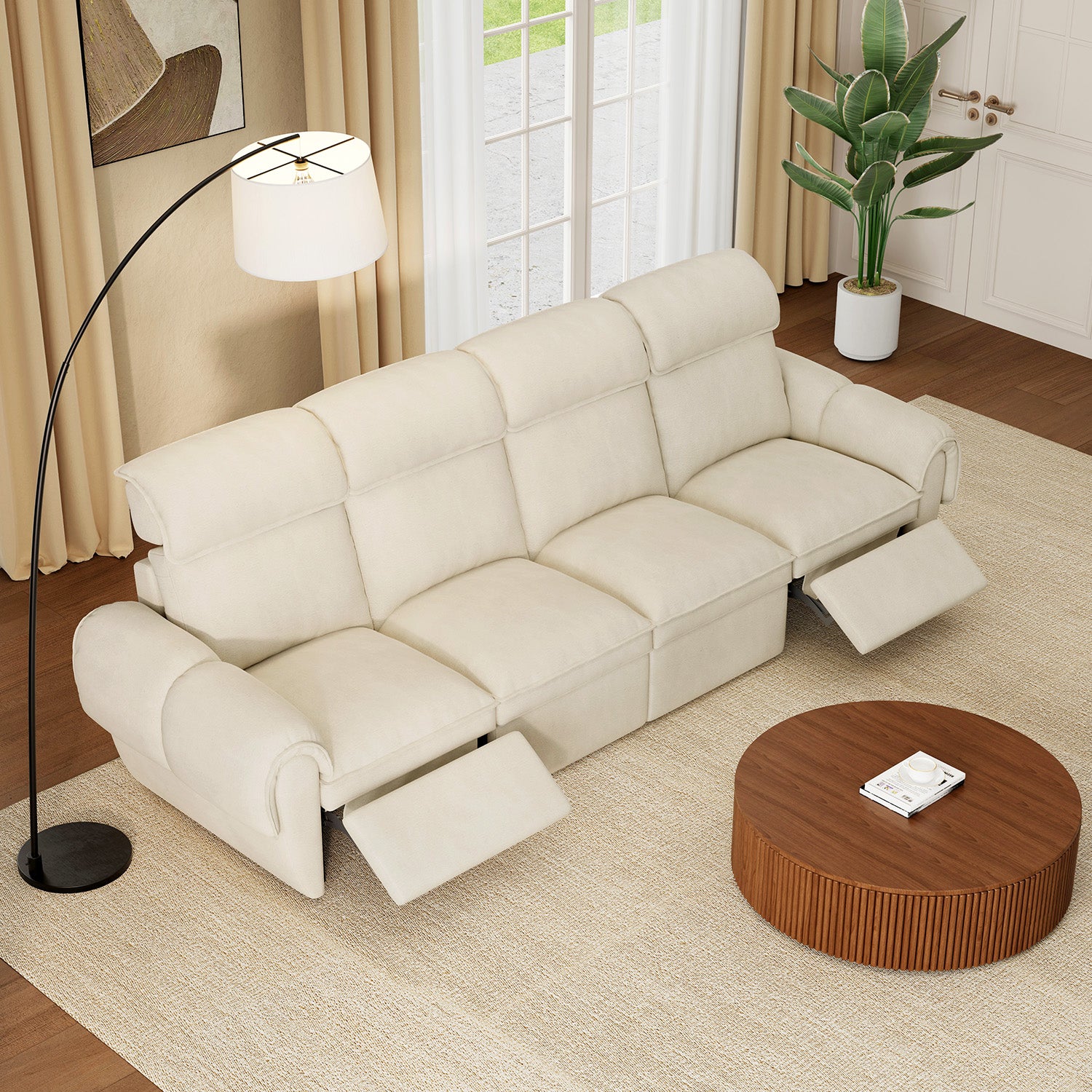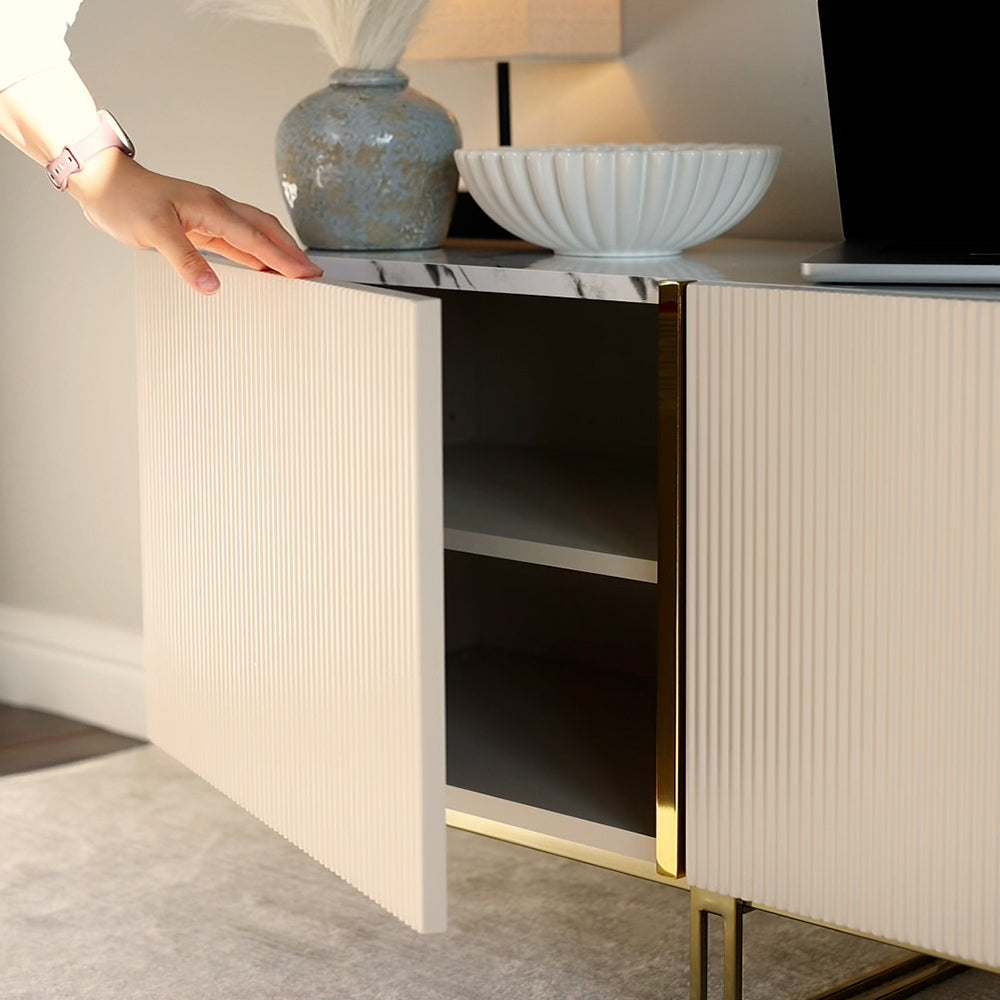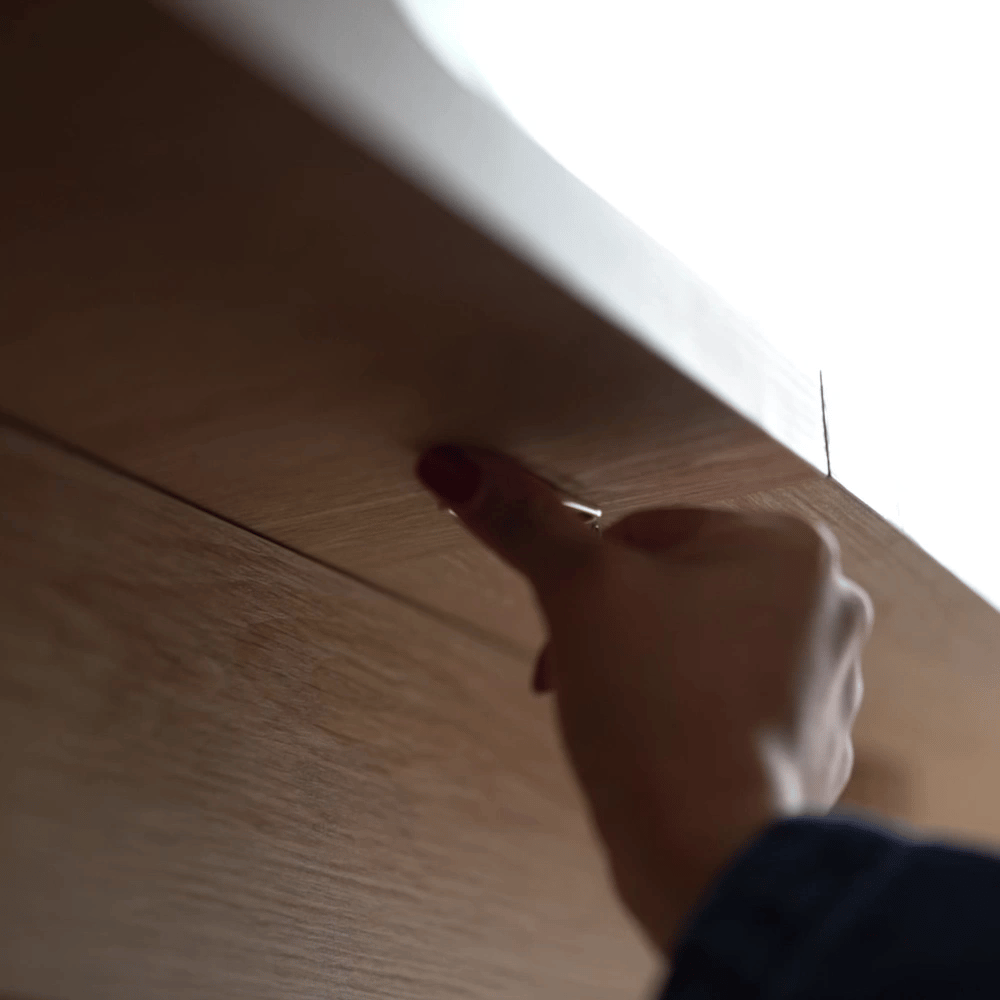Spilling blood on your fabric couch can be a nightmare, especially since blood stains are notorious for being tough to remove. Whether it’s a minor cut, a nosebleed, or a pet mishap, acting quickly and using the right techniques can make all the difference. Don’t worry if you’ve just noticed a blood stain—this guide will take you through everything you need to know to effectively and safely remove blood from your fabric couch.
Table of Content
Why Blood Stains Are Tricky to Remove
Blood stains are particularly challenging because they contain proteins that bind to fabric fibers. When blood dries, the proteins coagulate, making the stain more difficult to lift. The key to removing blood stains is to act fast before the stain sets and to use cold water. Hot water can actually set the stain, making it nearly impossible to remove.
What You’ll Need
Before you start, gather these common household supplies:
- Cold water
- Clean white cloths or paper towels
- Mild dish soap
- Baking soda
- White vinegar
- Hydrogen peroxide (for lighter fabrics)
- Rubbing alcohol (optional)
- Soft-bristled brush
- Vacuum cleaner
Step 1: Blot the Stain Immediately
As soon as you notice the blood stain, grab a clean, white cloth or paper towel and gently blot the area. Do not rub, as this can spread the stain and push it deeper into the fabric fibers. Use cold water to dampen the cloth and continue blotting until you’ve removed as much of the blood as possible. Remember, cold water is crucial—hot water can cause the proteins in the blood to set, making the stain permanent.
Step 2: Make a Mild Soap Solution
If the stain persists after blotting with cold water, it’s time to use a mild soap solution. Here’s how:
Mix the Solution:
Combine a few drops of mild dish soap with cold water in a bowl.
Apply the Solution:
Dampen a clean cloth with the soapy water and gently dab it onto the stain. Avoid soaking the fabric, as too much water can damage the couch and leave water rings.
Blot the Area:
Use a dry cloth to blot away the soapy residue and any loosened blood. Repeat this process until the stain fades.
Step 3: Use Baking Soda for Stubborn Stains
If the mild soap solution isn’t enough, baking soda can be a great next step. Baking soda has natural abrasive properties that help lift stains.
- Make a Paste: Mix one part baking soda with two parts cold water to create a paste.
- Apply the Paste: Spread the paste over the stain and gently rub it in with a soft-bristled brush or your fingers.
- Let It Sit: Allow the paste to sit on the stain for 10-15 minutes.
- Wipe Away: Use a clean, damp cloth to wipe away the baking soda paste. Blot the area dry with another cloth.

Step 4: Try White Vinegar for a Natural Solution
White vinegar is an effective natural cleaner that can help break down blood stains without harsh chemicals.
- Dilute the Vinegar: Mix equal parts white vinegar and cold water in a spray bottle.
- Spray the Stain: Lightly mist the stained area with the vinegar solution.
- Blot with a Cloth: Use a clean cloth to blot the area. The vinegar will help dissolve the blood while also acting as a deodorizer.
- Rinse and Dry: Dampen another cloth with cold water and blot the area to rinse away the vinegar. Then, dry the spot with a clean towel.

Step 5: Use Hydrogen Peroxide for Light-Colored Fabrics
Hydrogen peroxide is a strong stain remover but should only be used on light-colored or white fabric, as it can bleach darker fabrics.
- Test First: Always test hydrogen peroxide on an inconspicuous area of the couch to ensure it won’t discolor the fabric.
- Apply to the Stain: If it’s safe to use, dab a small amount of hydrogen peroxide onto the blood stain with a cotton ball or cloth.
- Watch It Bubble: The peroxide will fizz as it reacts with the blood. This bubbling action helps lift the stain from the fabric.
- Blot and Rinse: After the fizzing stops, blot the area with a damp cloth to remove any residue. Let the area air dry.
Step 6: Rubbing Alcohol for Persistent Stains
Rubbing alcohol can help break down proteins in the blood and lift the stain, but it’s best used as a last resort.
Dampen a Cloth: Pour a small amount of rubbing alcohol onto a clean cloth.
Blot the Stain: Gently blot the stain with the cloth. Avoid rubbing, as it can damage delicate fabrics.
Rinse and Dry: Blot the area with a cloth dampened in cold water, then dry with a towel.
Preventing Water Rings and Further Damage
When using any cleaning solution on your couch, avoid over-saturating the fabric. Excess moisture can seep into the cushions and cause water rings or mold. Always blot instead of rubbing, and allow the area to air dry completely. If needed, use a fan to speed up the drying process.
Tips for Future Prevention
Use Slipcovers:
Protect your couch with a washable slipcover, especially if you have kids or pets.
Keep a Cleaning Kit Handy:
Having a fabric-safe cleaning kit on hand can help you tackle stains quickly before they set.
Trim Pet Nails:
If you have pets, keeping their nails trimmed can reduce the chances of accidental scratches and cuts that might lead to blood stains.
Conclusion
The key is to act quickly, use cold water, and avoid harsh rubbing. Whether you opt for mild soaBlood stains on a fabric couch can be daunting, but with the right techniques and a bit of patience, you can remove them effectively. p, baking soda, vinegar, hydrogen peroxide, or rubbing alcohol, these methods will help you lift the stain without damaging your fabric. With a little effort, your couch can look as good as new, leaving no trace of the accident behind.
If you want to buy our home furniture or couch for living room, you can check out more on our store



































